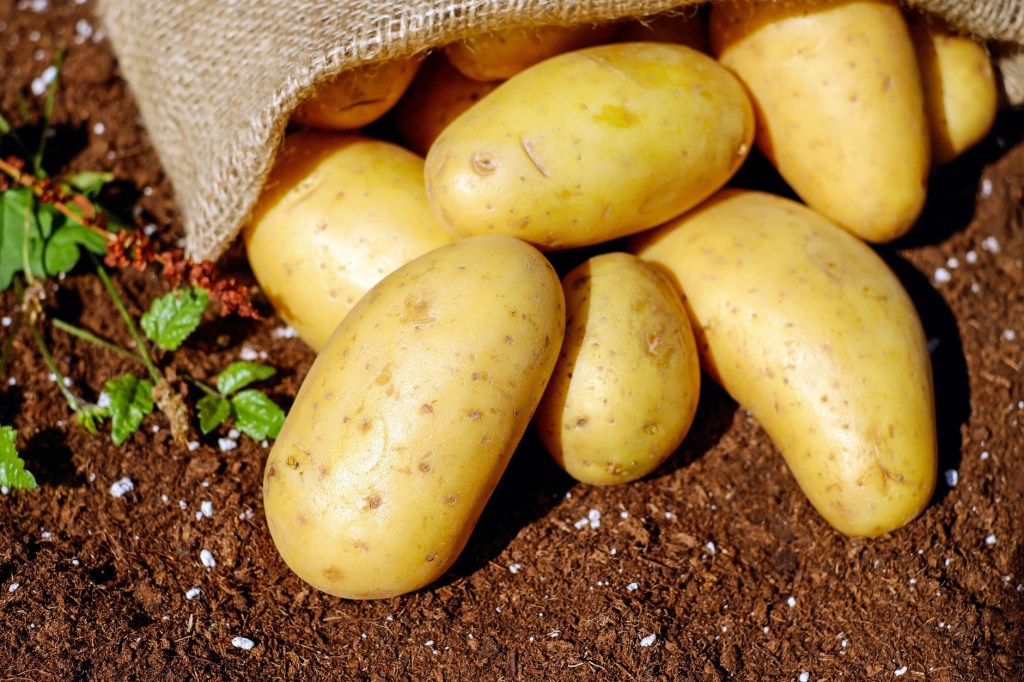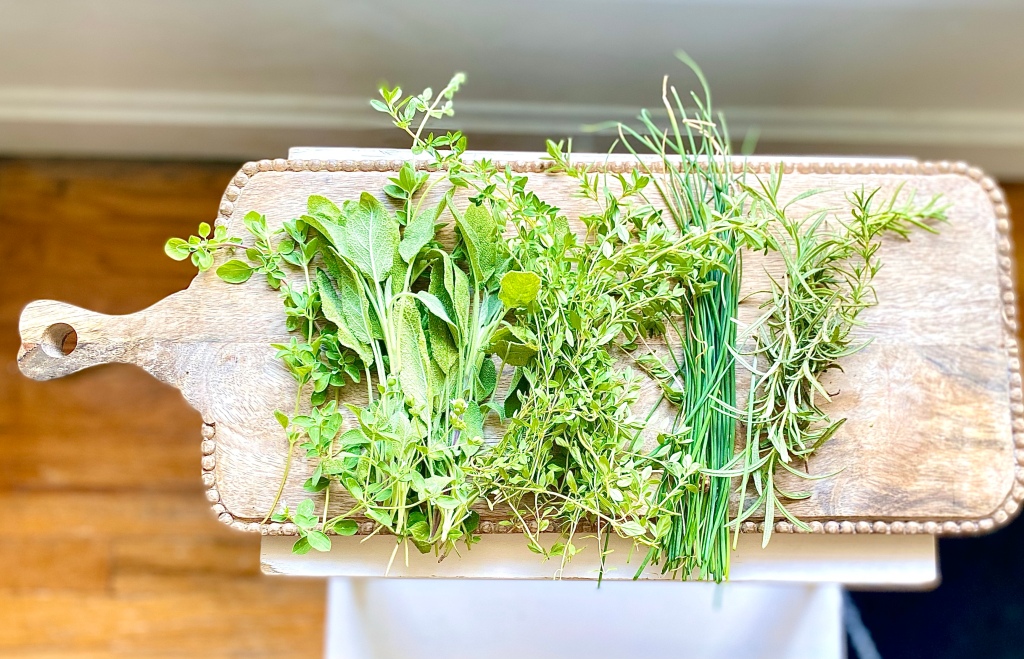It’s time to start planting your fall garden! Gardening is my second favorite activity (to cooking). There is nothing like deciding what to have for dinner and heading into my front yard to pluck the ingredients. My kids like to join in too — they love to try each kind of lettuce and then spit it out and tell me it’s gross (joke’s on them- they’re trying it!). They especially adore pulling carrots they’ve planted and helping me pick green beans, cherry tomatoes or blackberries. Below I’ve outlined the things you can plant right now for a productive fall garden. I like to plant some of what I want now and save the rest for later in the month so my harvest is stretched out a bit longer. I’ll also start some seedlings so I can stretch my fall garden to a winter garden.
Fall is pretty forgiving in Texas, so you can try things that may not be traditional for planting so late (like the pie pumpkin patch I am attempting) but if you want to be really precise, check out the Almanac planting calendar.
Herbs
- In my garden, herbs perform better than any of the other edible crops. I plant everything I can get my hands on that will fit in my small space — cilantro, oregano, basil, lavender, dill, and more. And you bet I use them every day, like in this gin and rosemary cocktail.

Root Veggies
2. Root veggies, like carrots and radishes, are a real crowd pleaser if you have kids who like to help in the garden. There is something so satisfying about watching them pull up veggies that they planted and will actually eat! You must till your soil deeply for success and sow them very shallow, not more than 1/4 of an inch. Edible crops like these can be hugely satisfying and a great way to involve the kids in cooking and eating healthy.

Beans and Peas
3. Beans and peas are so easy, they are the go-to for kindergarten teachers to have classrooms full of 5-year-olds plant in cups with wet paper towels. Seriously, if you have a little bit of decent soil, a trellis of some sort, sunlight and water, you will be kept in fresh beans/peas/snap peas all spring and sometimes into the fall if your summers are mild. Plant more than one variety for the best crop, and be sure to harvest these as they become ripe to allow the plants to produce as many as possible.

Greens
4. Lettuces, chards, kales, cabbages and other greens tend to do well in cooler early spring weather, and may even survive one last frost. I’ve already done spinach and several lettuces and will get cabbage and chard in the ground towards the end of March. And you’ll have plenty for this classic Italian soup.

Potatoes
5. Potatoes are another fun one because they are deceptively easy. They usually get planted in the early spring, but will sometimes perform well in autumn too. I use a grow bag, which eliminates the need for laborious digging to harvest. You can buy seed potatoes in the spring, but they are unavailable for fall planting (typically). I save a potato from a bag of organic gold or red potatoes and let it sprout on my windowsill (place the potato in a cup of water halfway up the side of the potato, using toothpicks to keep it above the water line). Once it sprouts, cut it into slips and plant them in your grow bag. We had tiny, fresh, yummy gold potatoes for weeks. Roast them in duck fat like I do here.

I know this varies a bit based on what zone you are in, but most of these are fairly common to North America for this time of year (especially if you have cold frames or a greenhouse for your seedlings). Be sure to know your first frost date and plan accordingly for cold frames or blankets to protect tender greens or fruits.
Here are a couple of links to help you determine what’s right for your garden and your area. I also love Garden Betty for inspiration and tips!
Happy digging!

Leave a comment